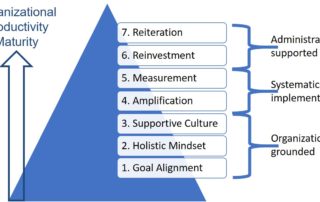Don’t mix IT operational and non-operational tasks
Given the technically sounding title of this column, I thought it would be best to begin by explaining my definition of operational and non-operations tasks. Then, once defined, explain why you don’t want to mix them. Operational tasks are the mission critical activities and department processes that, by definition, take precedence over all other department activities. In Information Technology (IT) groups it’s running the daily and nightly production. In Finance groups it’s opening and closing the monthly books and dealing with budgeting and cash flow issues. In Human Resources groups it’s salary planning, hiring new people, performance reviews, and dealing with unexpected employee related issues. Non-operational tasks are everything else. It includes all of those things you would like to do within your department to move forward. This includes project work, documentation, cleaning common office spaces, implementing new processes, other activities that help move your department forward. At a conceptual level, if possible, you don’t want to assign operational and non-operational tasks to the same person. The reason is that operational tasks, by design, have to come first. As a result, it becomes very difficult or impossible to ensure that your team’s non-operational tasks can be completed on time. This is the case because it’s very hard to know exactly how much of your team’s efforts will be spent on production-related activities in a given day, week or month. As an example of this concept, I spent many years managing IT groups. Given the nature of IT in most organizations, it’s very [...]









